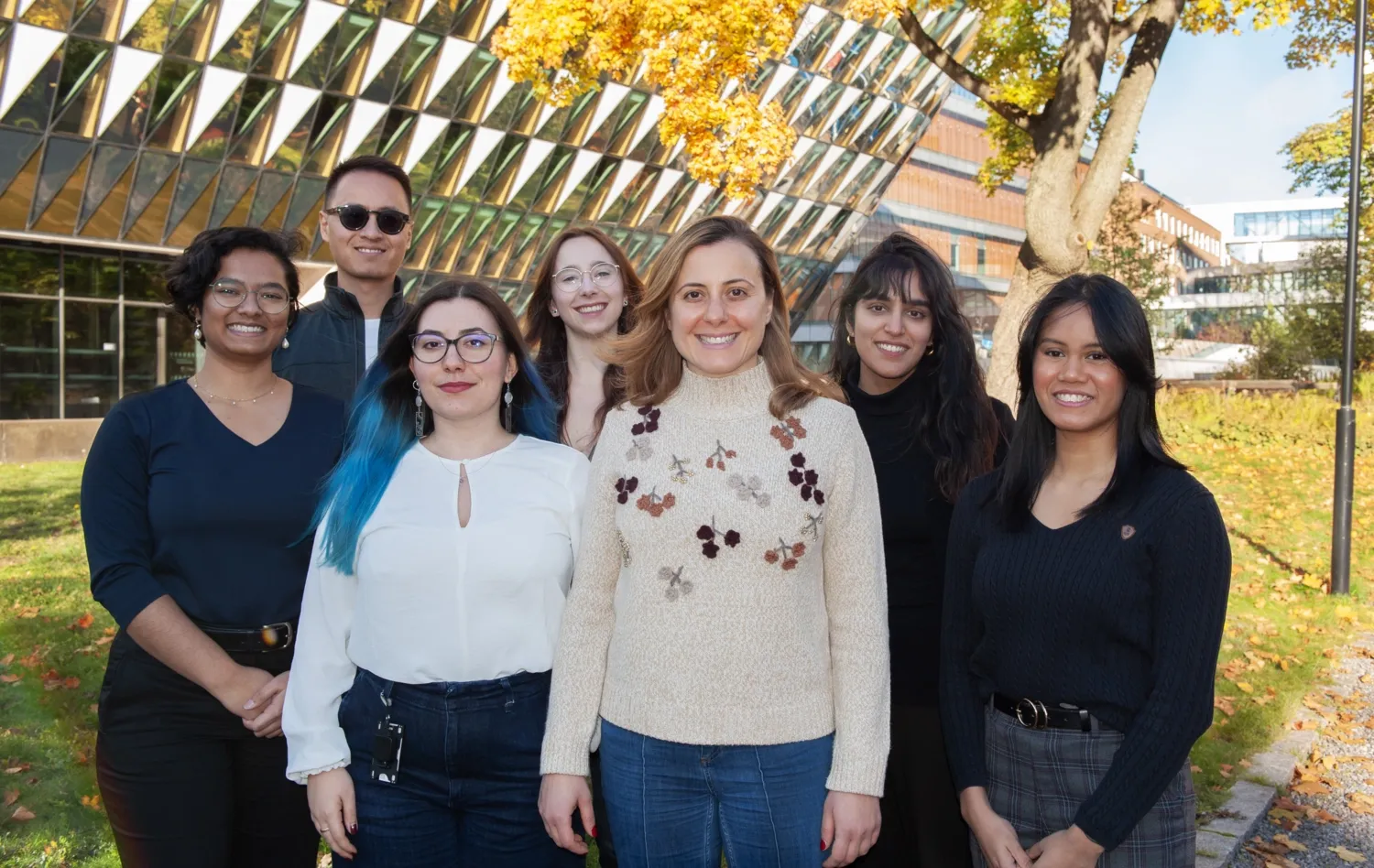Our research
Adult heart is one of the least regenerative organs in the human body, with substantial fibrotic scarring in response to tissue damage. In contrast, aquatic salamanders, such as the newt, display unique heart regeneration capacities. Yet, we know little about the underlying physical principles of cell and tissue dynamics. To cover this knowledge gap, we are currently working towards achieving the following research goals:
Deciphering the role of tight junctions in heart regeneration
Tight junctions are traditionally known for their role in generating a permeability barrier for our tissues. Recently, it has been demonstrated by us and others that these junctions have important functions beyond controlling the paracellular transport. We previously identified an important role for tight junctions in mediating heart muscle regeneration. We now aim to understand how dynamic remodeling of tight junctions in epicardial cells (cells covering the heart) impacts epicardial cell migration, proliferation, and differentiation.
Mechanics of heart regeneration
While we know much about biochemical signals orchestrating regeneration, we know little about biomechanical cues involved. We are engineering tools to allow intravital imaging of the regenerating salamander heart and combine force measurement techniques with imaging to ask how physical forces acting on heart cells change during regeneration.
Enhancing the regenerative capacity of the human heart
We utilize human cardiac organoids as a platform to translate our findings in salamanders. Cardiac organoids also allow us to study the potential interaction between different organ systems such as the developing heart and the placenta (in collaboration with Qiaolin Deng’s Lab).
How does it all end?
One of the most fascinating aspects of salamander regeneration is its precision. How do cells sense when the regeneration is complete and terminate regenerative programs in a timely manner? Our ERC funded project Tightly Controlled is looking into this question with the goal of identifying mechanisms that prevent loss of growth control.

